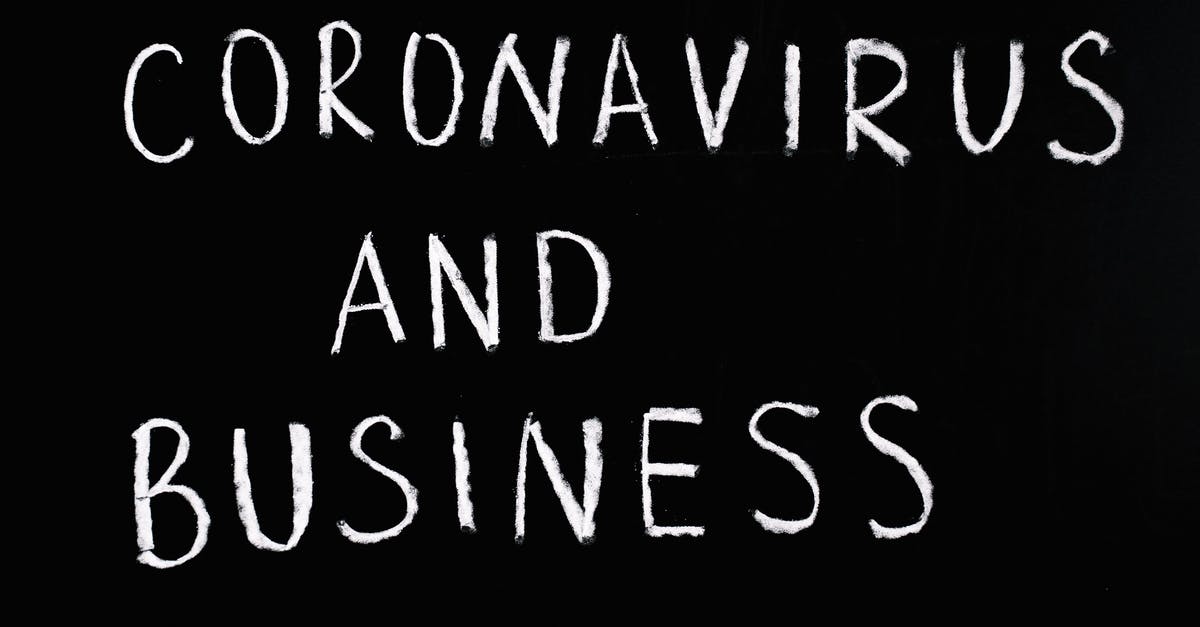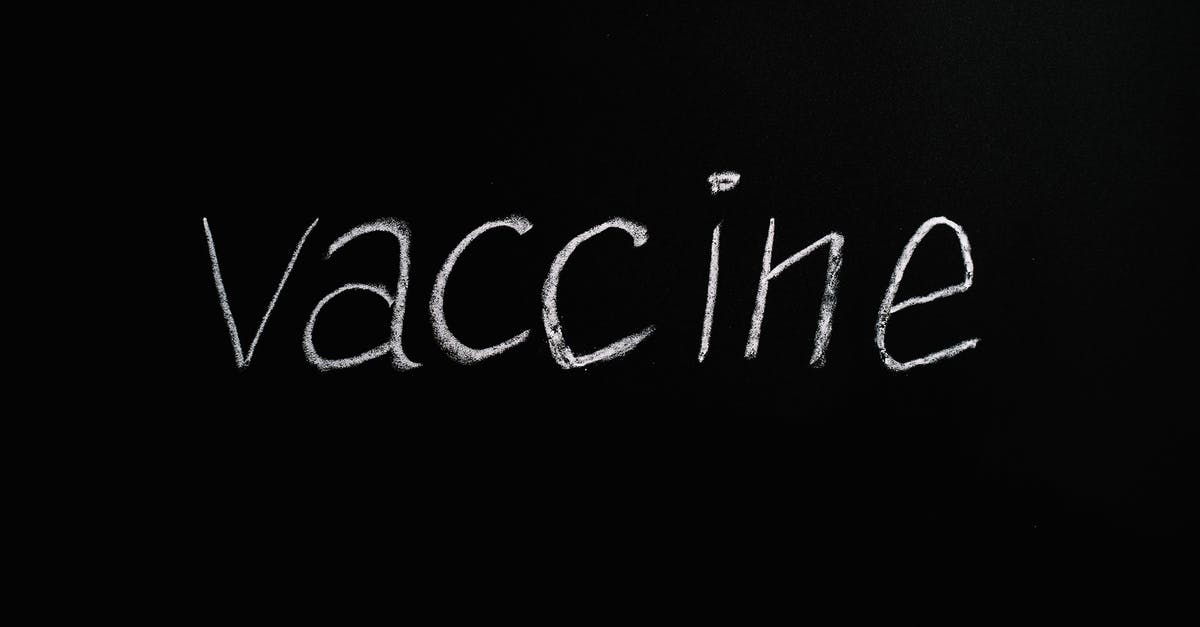When did "Previously On ..." become the first 2:30 of every show?

I've been rewatching seasons of 24 and Fringe lately, and I've noticed something really annoying, especially in 24: the first 2:30 of every episode is dedicated to reviewing what has previously happened in the series.
I seem to recall that in earlier episodes of 24, Fringe, and especially the X-Files, the viewer had the responsibility to know what was going on.
In the age of DVR, why do modern shows dedicate a chunk of time to reviewing previous episodes?
Best Answer
This is called a recap sequence, as opposed to having a cold open like many TV sitcoms.
I would argue there are a few reasons for doing this. Television shows are complicated. They are particularly complicated nowadays. Think of the complexity of shows like Lost, Battlestar Galactica, Fringe - unless a user is completely avid and is watching the episodes on a binge, it's highly likely they will forget some important piece of information. These shows air a season a year and many fans do not rewatch a previous season before watching the new season. This is relevant for two reasons:
Firstly, fans are obviously busy with other things and a Previously On reminds them of what they've missed. This is invaluable for many people who watch shows intermittently (and infuriating for binge watchers).
Secondly, it provides a great way of reminding viewers, quickly, about some event from possibly many episodes or seasons ago that will suddenly become relevant. Whilst this is spoilerific in the extreme, it is helpful to many, many viewers who would otherwise forget.
In addition, I would argue we as a people are far more distracted now than we were twenty or thirty years ago. With more electronic devices than ever, and more distractions in general than ever, many viewers will watch TV shows at the same time as doing some other activity. Thus, our attention spans are much shorter. Recap sequences help with this, providing a timely reminder of all the cogent points to date.
I'd also add that story arcs are more popular nowadays. Whilst some shows, like Star Trek or Doctor Who, have been rooted in deep mythology for a long time, each episode could largely be watched as a stand alone entity. The few examples of TV shows that were intrinsically linked episode to episode by story arc, such as V, didn't tend to last very long. Writers simply didn't think the audience had the capacity to stay focussed to intricate plots.
Unfortunately, I can't point to a true first appearance of it. TV Tropes has a listing of its uses here and it clearly was used occasionally in the 70s, with more uses in the 80s. However, it seems to have become really mainstream in recent times.
Note: 24 used Previously On right from Season 1. Whilst Fringe and The X Files did not, this is actually quite logical when considered. When shows are starting out, there is a lot less mythology for the viewer to remember. It's only as the show has more and more episodes that the overall complexity develops - until it reaches a point the show's creators are no longer comfortable airing episodes without ensuring the user knows all the essential information needed to understand it.
Pictures about "When did "Previously On ..." become the first 2:30 of every show?"



Stranger Things 4 | ST Cast Recaps Seasons 1-3 | Netflix
More answers regarding when did "Previously On ..." become the first 2:30 of every show?
Answer 2
I've seen the recap sequence used many times before. It is typically used for series that follow a continuation of events rather than being episodic where each episode tells a full story that is more or less tied up at the end. In shows like 24, the story is told across the entire season and you don't get any closure until the final episode of the season. Some examples you cited like The X-files used recap sequences as well whenever they had a multi-episode arc. Shows like Full House used recap sequences anytime they did a two part episode. It is simply meant to give the viewer some context of the story before throwing them into the middle of it.
Sources: Stack Exchange - This article follows the attribution requirements of Stack Exchange and is licensed under CC BY-SA 3.0.
Images: Anna Tarazevich, Anna Tarazevich, RODNAE Productions, Thirdman
